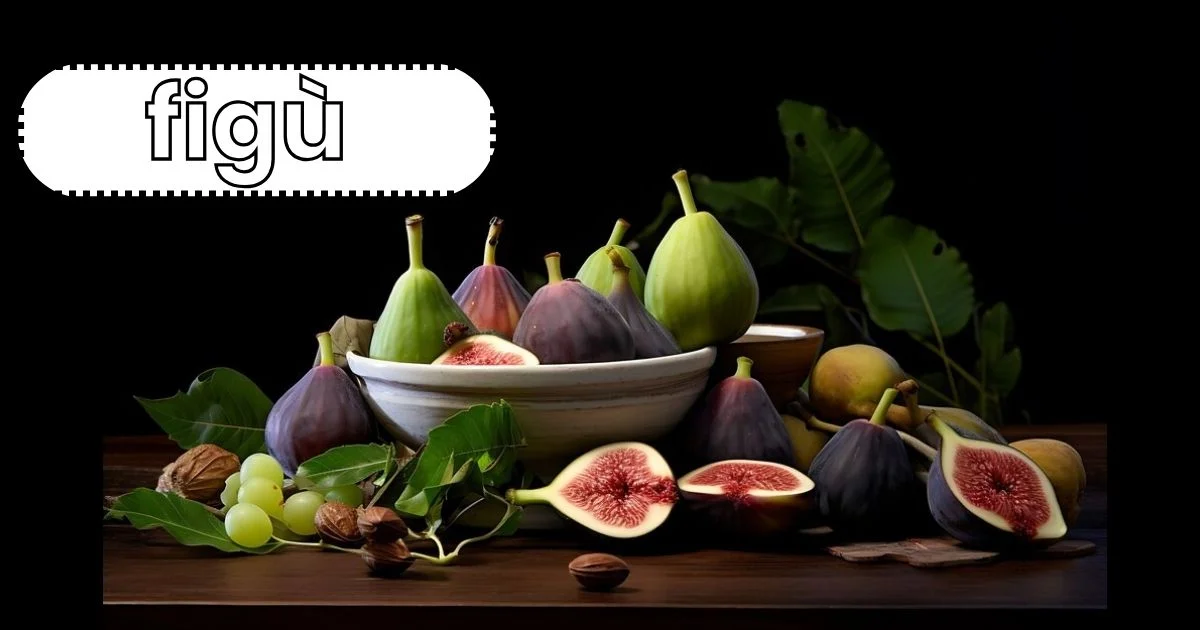Figù, a word rich in history and layered with cultural symbolism, has fascinated scholars, artists, and historians for centuries. It encapsulates not only the material aspects of tradition but also represents a broad spectrum of human expression—art, folklore, ritual, and language. Figù’s journey from its obscure beginnings to becoming a notable cultural emblem speaks volumes about the role of symbols in human societies. In this article, we will delve deeply into its origins, significance, and evolving relevance.
Introduction
The term “Figù” may sound foreign or even mysterious to some, but within specific communities, it holds profound meaning. Whether understood as a cultural symbol, a ritual object, or a word embedded in oral traditions, Figù continues to be a topic of interest for those studying the ways in which symbols shape human identity. Its roots stretch back into the ancient world, where it likely played a central role in local rituals and storytelling. Even today, Figù carries a weight of meaning that transcends its original context, symbolizing continuity, heritage, and even resistance to change.
But what exactly is Figù, and how has it evolved over time? How does it continue to influence the modern world, and what lessons can we draw from its significance in the past? Let’s explore.
The Origins of Figù: A Historical Perspective
Figù’s origins can be traced back to early civilizations where rituals and symbols were a fundamental part of community life. In some historical accounts, it is believed to have emerged from ancient Mediterranean societies, although this has been subject to debate among historians. Figù likely began as a ritual object or a symbolic figure, used to represent aspects of fertility, protection, or the changing seasons. This form of expression was typical of ancient societies that heavily relied on symbolic representations for understanding their world and communicating intangible ideas.
Figù in Ancient Rituals and Traditions
In these early societies, Figù was not just a passive object but an active participant in rituals. Whether in the form of carved figures, painted representations, or woven patterns, it played a central role in ceremonies marking important life events—births, harvests, and the transition from one season to another. It served both as a marker of continuity and as a protective charm, believed to invoke the favor of deities or ancestral spirits.
The act of creating or honoring Figù was often a communal event, involving song, dance, and offerings. In many cases, Figù was believed to act as a mediator between the human and spiritual realms, ensuring harmony and balance within the community. This sacred role allowed it to become more than just an object; it was a symbol of collective identity and belief.
How Figù Spread Across Different Cultures
As ancient civilizations interacted through trade, migration, and conquest, Figù began to spread beyond its original context. Its adaptable nature allowed it to be absorbed into the mythologies and rituals of neighboring cultures, each of which imbued it with new meanings. In some societies, it became a symbol of power and kingship, while in others, it was associated with protection against misfortune.
One of the fascinating aspects of Figù is its ability to morph and adapt while retaining its core symbolism. This flexibility meant that it was never confined to a single meaning or use, allowing it to survive through cultural shifts and even the rise and fall of empires.
The Symbolic Meaning of Figù
The symbolism of Figù is multifaceted. At its core, it represents continuity and protection, but it also carries connotations of fertility, transformation, and identity. These themes were important to ancient peoples who saw their world as a constant cycle of birth, death, and renewal. Figù, in this sense, was not just an object but a symbol of life itself.
Fertility and Transformation
In many ancient cultures, Figù was closely associated with fertility. This was particularly true in agrarian societies, where the success of crops was tied to the community’s survival. Figù was often invoked during planting and harvesting seasons as a symbol of the earth’s ability to renew itself. The figure would sometimes be buried in the fields as a form of offering, believed to promote fertility and ensure a bountiful harvest.
Additionally, Figù was seen as a symbol of transformation. Its use in rituals often marked significant life transitions—such as the passage from adolescence to adulthood, or from life to death. This theme of transformation is central to the human experience and has ensured Figù’s lasting relevance.
Figù as a Symbol of Protection
Another major aspect of Figù’s symbolism is its role as a protective charm. In many societies, Figù was believed to have the power to ward off evil spirits or bring good fortune. It was often placed at the entrance of homes or worn as an amulet to provide protection to the individual or household. In this way, Figù served both a practical and symbolic function, offering comfort and security in uncertain times.
Modern Interpretations of Figù
Though its original ritualistic uses may have diminished, Figù remains relevant in modern times, often reinterpreted in artistic, cultural, and even political contexts. Artists and sculptors have found inspiration in the symbol, using it as a means of exploring themes like identity, resistance, and connection to the past.
Figù in Contemporary Art and Culture
In the world of contemporary art, Figù has become a symbol of cultural identity and resilience. Artists draw on its rich history to create works that speak to the modern human condition—whether it’s the struggle for autonomy, the desire to preserve cultural heritage, or the search for meaning in a rapidly changing world. Figù’s deep roots and broad symbolism offer endless possibilities for reinterpretation.
Political and Social Movements
Figù has also been adopted by various political and social movements as a symbol of resistance. In many cases, it represents the struggle to maintain cultural traditions in the face of globalization or oppression. Its role as a protective symbol resonates with groups fighting for autonomy, as it evokes themes of protection, community, and continuity.
The Ongoing Relevance of Figù
Despite its ancient origins, Figù remains a powerful symbol in today’s world. It continues to be used in rituals, art, and as a representation of cultural identity. The figure’s ability to adapt to new contexts while retaining its core meaning is a testament to its enduring significance.
In modern society, where symbols are often diluted by commercialization, Figù stands as a reminder of the power of tradition and the human need for connection to the past. Whether as a work of art, a symbol in a political movement, or simply an object of cultural pride, Figù’s journey from the past into the present offers valuable insights into how we understand our own place in the world.
Figù: A Cultural Legacy
The cultural legacy of Figù is undeniable. It has weathered the test of time and continues to evolve, proving that ancient symbols can retain their relevance even in today’s globalized world. Figù serves as a bridge between the past and the present, allowing modern individuals and communities to connect with their heritage while also finding new ways to express themselves.
Whether as a figure of protection, transformation, or continuity, Figù holds a place of importance in both historical study and contemporary life. Its ability to adapt while maintaining its essence makes it a fascinating subject for continued exploration. Through understanding Figù, we can gain deeper insights into the ways in which symbols shape, define, and reflect human experience.
FAQs
What is Figù?
Figù is a cultural symbol with deep roots in ancient rituals and traditions, often representing protection, fertility, and continuity.
Where did Figù originate?
Figù is believed to have originated in ancient Mediterranean societies but has since spread and evolved across various cultures.
How was Figù used in ancient rituals?
Figù was used in rituals related to fertility, protection, and transformation, often playing a central role in community ceremonies and religious practices.
Why is Figù still significant today?
Figù continues to hold cultural significance due to its themes of continuity, protection, and identity, making it relevant in both artistic and political contexts.
How has Figù influenced modern art?
Artists have reinterpreted Figù to explore themes such as cultural identity, resistance, and transformation, keeping its symbolism alive in contemporary works.
Is Figù used in political movements?
Yes, Figù has been adopted by political and social movements as a symbol of resistance, especially in the context of cultural preservation and autonomy.











